|
My sourdough starter journey
I want to begin this blog on my journey into my first gluten-free sourdough starter with… I am an honest person! I will be fully transparent here so that I can help you to embrace the idea of making your own starter. I am NOT A TRUE BAKER! Honestly, I am the type of home chef who likes the fastest bread and least stress. There was a time in my life when I had to bake a loaf of bread (sometimes two0ugh) a day so the three of them could have lunch at school. Besides making a quick bread, volunteering, work and whatever else arose, nurturing a bread or a STARTER was not in my wheelhouse! So needless to say, when I thought about making my own sourdough bread, I was scared to death to take on the starter (which all sourdough bread begins with!). I waited 20 years and here we are today! I began reading tons of people opinions, recipes, blogs. And got overwhelmed. I felt like it was a pass or fail mission! I had a bunch of support from the foodie community on social, and so I received encouragement and advice from their wisdom and experience. Well, I read and listened and got even more uptight! How was I going to tackle this as a NON-BAKER/NON-SCIENTIST? That was until day 6 when my first starter had not more bubbles. I read you could be over fermenting. Then someone told me I had too much “hooch” and I wasn’t feeding it enough! (The “hooch” is the liquid that collects on the top of your starter when it hasn't been fed in awhile. This liquid is the alcohol given off as wild yeast ferments. The presence of hooch isn't a sign that your starter is in danger. However, it does indicate that your starter is hungry and needs to be fed. Mar 9, 2018 King Arthur flours). I said to myself, “Enough woman!” And decided to just play around with the starter. So I made a few more starters in with brown rice flour and one with sweet sorghum and I held experiments! I watched and paid attention to what each starter showed. I would pour off the hooch one and not on another. I kept a log for each. they were showing me and not listen or read anymore! Here's what I learned and hopefully you will jump in today and begin to make a gluten-free sourdough starter. This is what I learned: 1: I read that it is best to start with ½ cup rice flour and ½ distilled water at room temperature. Mix well and cover with a tea towel loosely, and secure with a rubber band. That is what I did! Remember above when I said I am not a scientist. I actually had refused to measure in my baking! Remember that line from Pretty Woman, “… big mistake! Huge! I am going to go shopping!” That was how I felt once I saw the ACURATE RESULTS from measuring based on weight in grams! I had made a BIG mistake…HUGE! My starters weren’t drowning anymore. They were feeding and growing and bubbling. So begin your starter with 50g of brown rice flour and 50 g of distilled room temperature water! 2: Placement in a temperature that is 70° - 80° I starter on the counter and the temperature dropped here in Georgia so I went into my closet. Days later, the temperature here got here and I brought them back to the counter. I figure it should be a place not affected by the door opening or gusts of cold (or really warm) air! 3: I will always use a wooden spoon. Not because the reasons I read about not having metal come in contact with the starter but so that I don’t break the glass mason jar with my favorite starter in it. YES, that did happen! 4: Have multiple mason jars available to mix starter and transfer in to clean jars if needed. I did leave the starter in the same jar for several days and then when it became yucky looking on tope I transferred into another jar. They one thing I DIDN’T do was place it all into a bowl and mix then transfer in to the jar once more. I think you might lose so valuable starter by getting multiple jars/bowls involved. Just a thought 5: Make sure you have plenty of the flour you are using needed to grow this starter on hand. The higher protein flour work well for making a sourdough starter. I began with brown rice flour and sorghum. I think the next I will try will be amaranth!! 6: I learned that the starter needs to be fed when it is bubbling and hooch is developing, so I began to (a) pour off the hooch, (b) add around 40 grams of the rice flour and 40 g of the water every 12 hours. I keep I little dairy to keep my honest! I have too much going on to remember the exact time, or if I poured off or not. Once it goes into the refrigerator, I take a sharpie and write the date of the last feed right ton the jar. It washes off easily! 7: Once the bubbling starts you can leave it on the counter or place it in the frig. Storing it in the frig is the next step /home for my starters. The bacteria will continue to grow and need to be fed, as I have read but the yeast will continue to rise just slower…like it’s sleeping. Feed it once a week for as long as you want to have a viable usable sourdough starter!I suggest you read this wonderful woman’s post about the starter in the frig…good stuff! https://www.pantrymama.com/how-to-store-sourdough-starter-in-the-fridge/ 8: I have poured off and trashed the starter when I was growing and feeding it. SO MANY people say to reserve it for something else like muffins or pancakes. I have read that in the beginning to discard. I also read to discard the hooch. I discarded the hooch and anywhere from ¼ to a 1/3 of the starter UNTIL I noticed that the starter was growing and bubbling and airy when I looked at the side of the jar, then I saved the “pour off” as I call it. I actually began making separate starters for to give to other people to grow! 9: The best advice I can give is to be patient and a bit forgiving of your not knowing how to do this in the first place. I mean that is what I did for myself! Once I did, I felt like there was NO WRONG WAY of doing it! I remembered that the varying opinions and suggestions and recipes were all that person’s experience. SO that is what I am giving you…my EXPERIENCE. Hopefully you will have a tale to tell about your own. 10: Experiment with the loaf of bread just like with your starter. I have a loaf that I will keep in my sourdough dairy for years to come, but I also want to play around! SO that is what I will do, and I will share what works in the future so stay tuned for more.
0 Comments
Your comment will be posted after it is approved.
Leave a Reply. |
AuthorJen Fiore has been cooking and baking gluten-free for herself and her family since 2003 & is happy to share her recipes with you! |
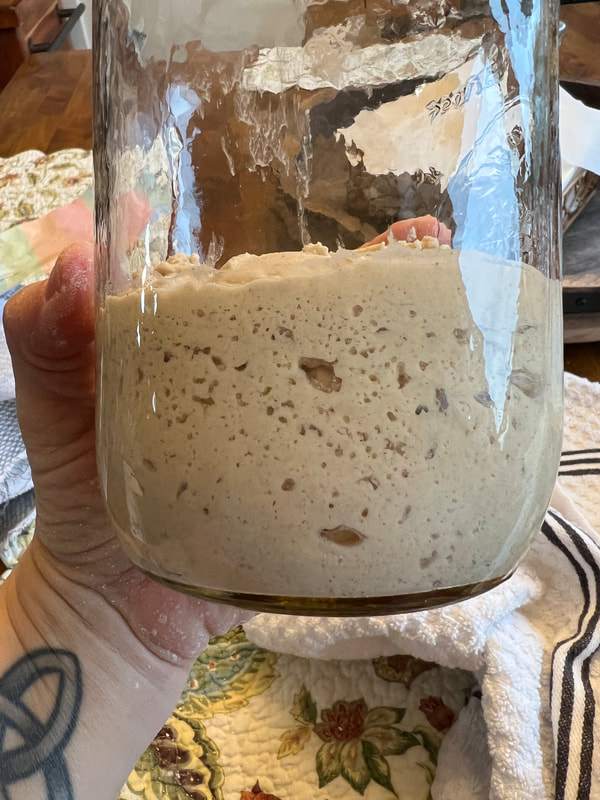
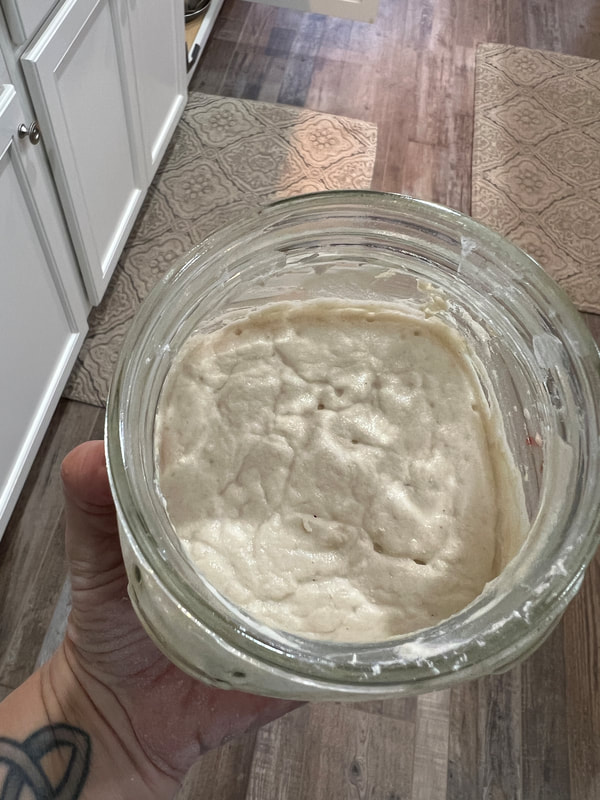
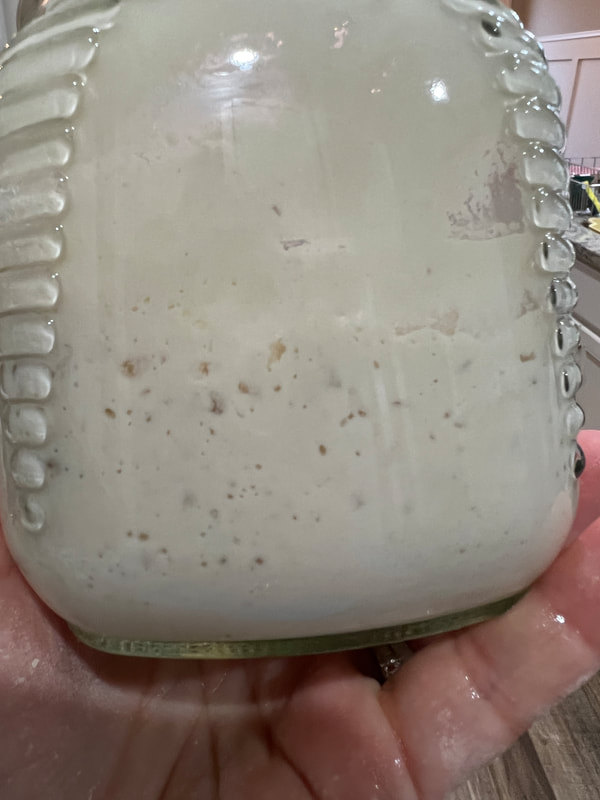
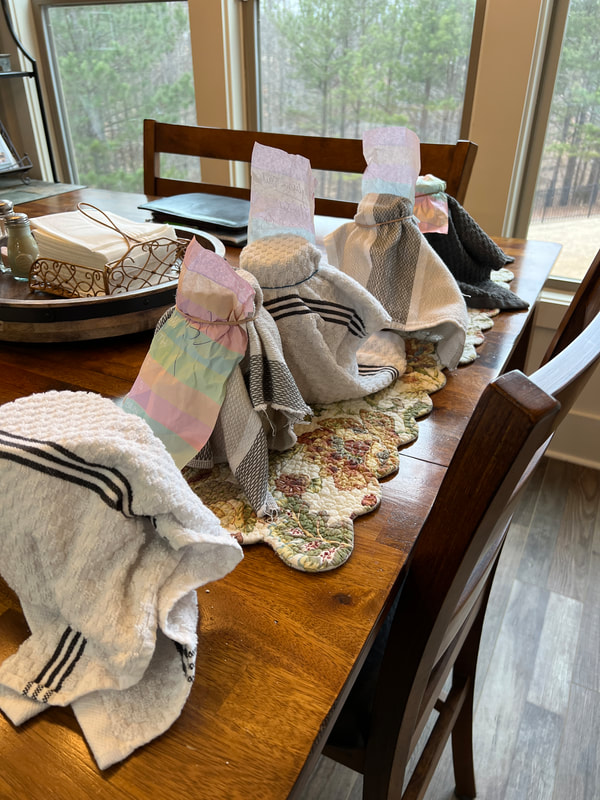
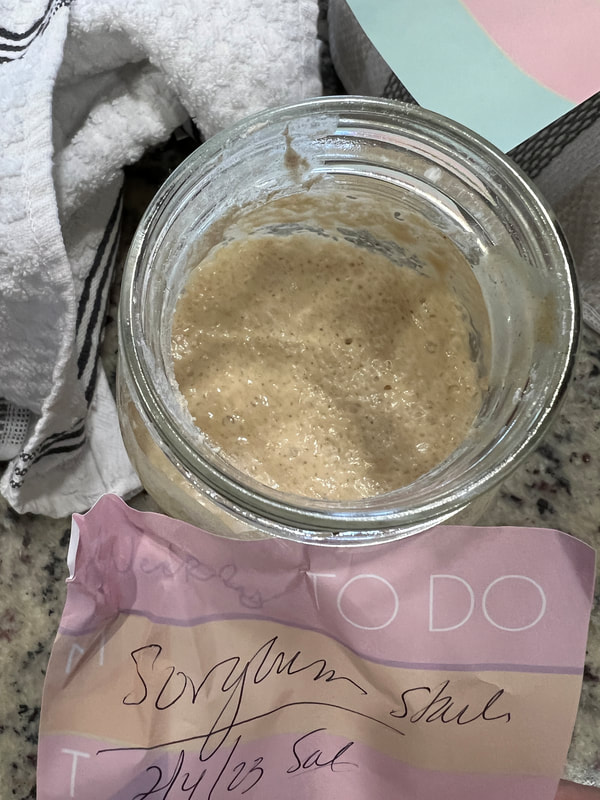
 RSS Feed
RSS Feed